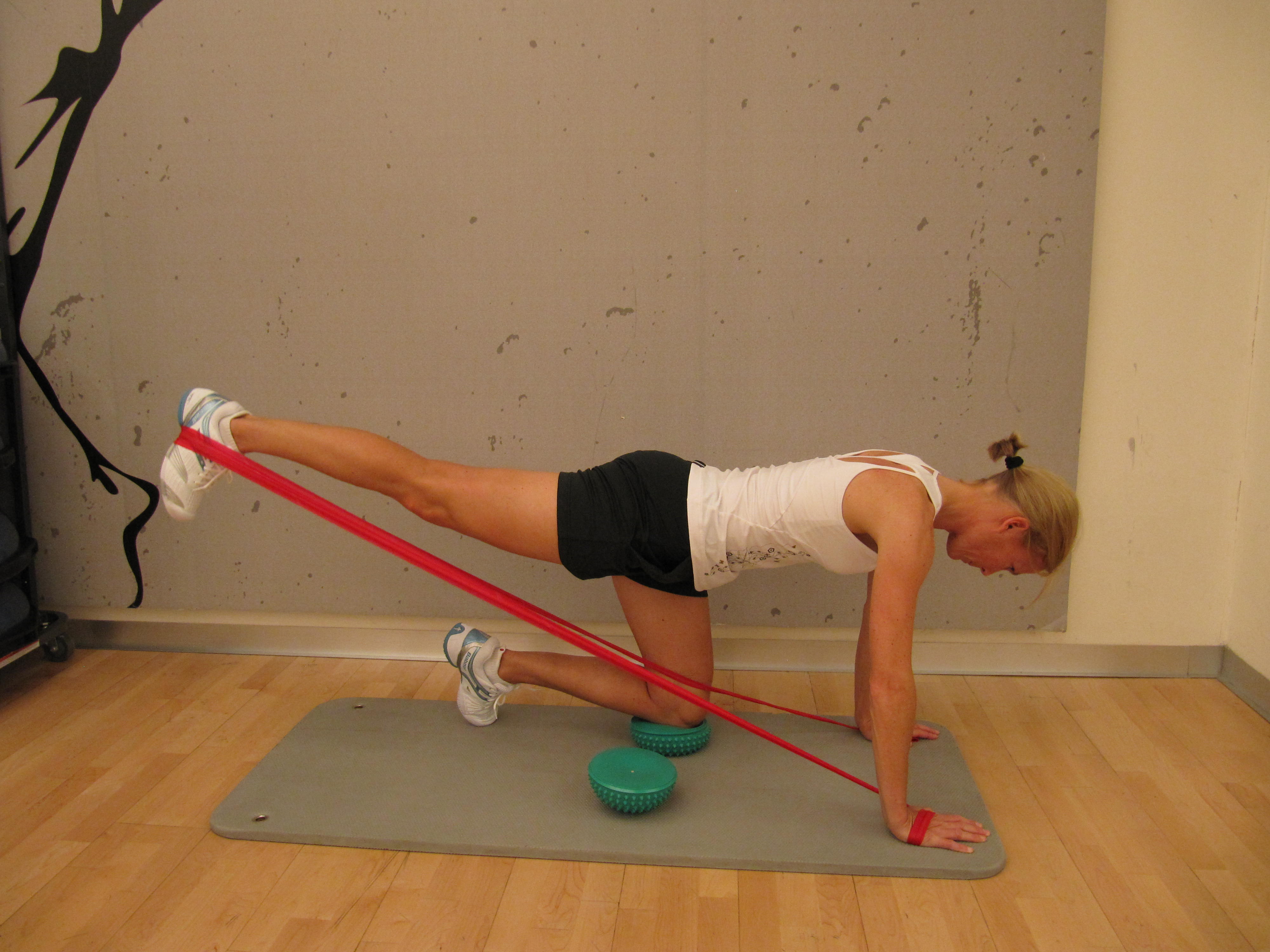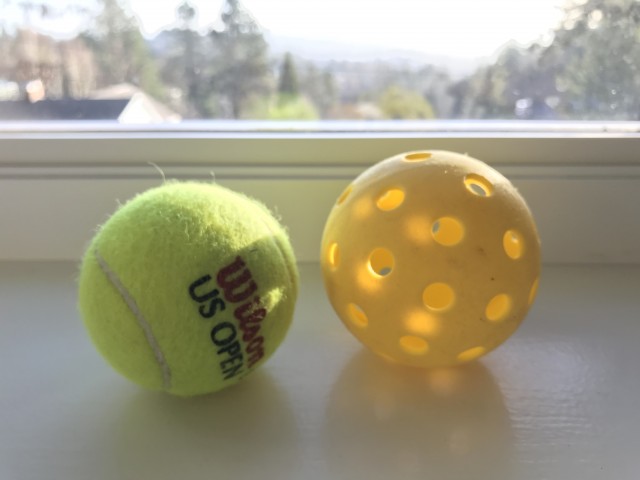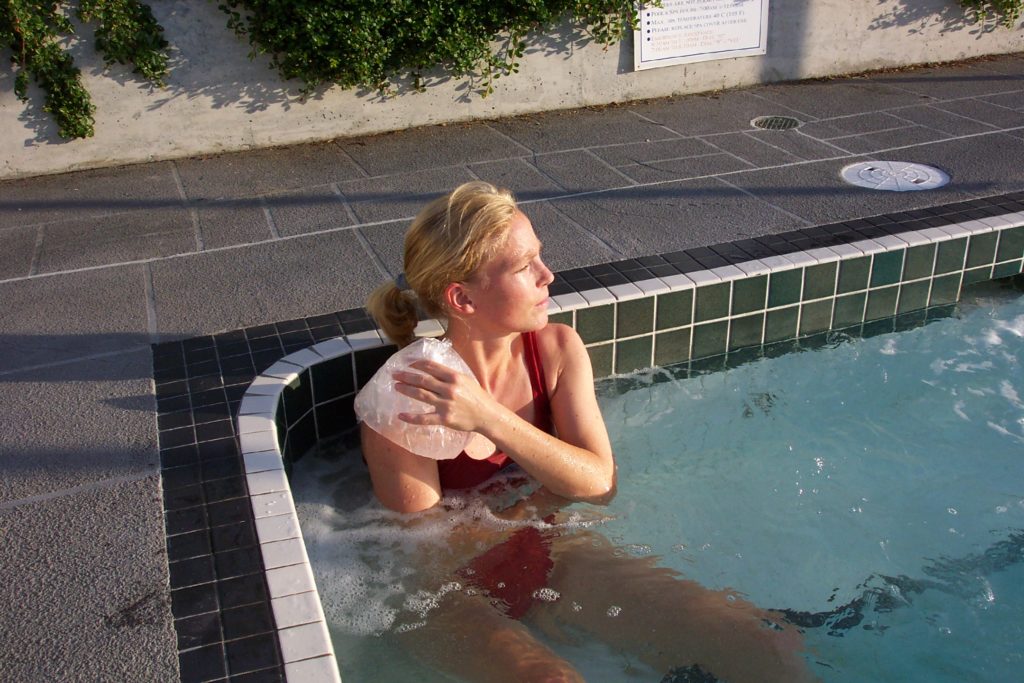
With the summer events in full swing and the Leith Wheeler Stanley Park Open coming up, we’re all playing more tennis! With more time spent on court, comes a higher need to keep fit and healthy. This week Carl Petersen shares his Top 6 Rules of Recovery.
Keeping You Fit to Play™– Top 6 Rules of Recovery (Part I)
by Carl Petersen BPE, BSc (PT)
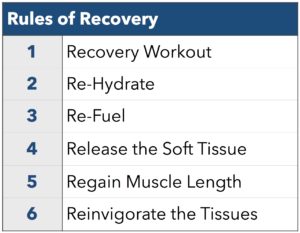 Tennis players have to be in good shape and recover well to perform on a consistent basis. They may be exposed to a demanding competition schedule often playing several matches in a day or over the course of a weekend. If not recovering well between matches this compact schedule may push them past their physical and psychological limits resulting in decreased function and performance. Players often neglect using recovery techniques regularly. Following is a list of ‘Rules of Recovery’ that players can do between matches. If implemented on a regular basis they will help facilitate recovery in both the short and long term.
Tennis players have to be in good shape and recover well to perform on a consistent basis. They may be exposed to a demanding competition schedule often playing several matches in a day or over the course of a weekend. If not recovering well between matches this compact schedule may push them past their physical and psychological limits resulting in decreased function and performance. Players often neglect using recovery techniques regularly. Following is a list of ‘Rules of Recovery’ that players can do between matches. If implemented on a regular basis they will help facilitate recovery in both the short and long term.
Rules 1, 2 & 3. Re-Hydrate, Re-fuel & Recovery Work
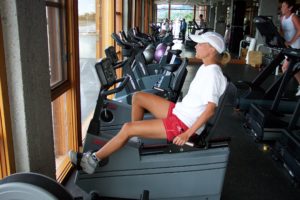
The first 3 rules for recovery can be accomplished at the same time. Try hopping on a stationary bike after getting off the court and take your water bottle and a snack along. As you spin on the bike drink clear fruit juices cut with water or sports drinks diluted with water and nibble on your recovery snack.
There is a window of opportunity within the first 20-30 minutes after strenuous exercise, to replenish muscle fuel stores at a faster rate than if carbohydrate intake is delayed for longer. Adequate supplies of glycogen in the muscle and in the liver are needed to support your energy demands and promote faster recovery for the next day. Carbohydrate is the primary source for the body to manufacture glucose and they must be replaced daily. Try to get 50-70 grams of carbohydrate into your system immediately after training. This can be accomplished by eating a snack of either a large banana, a bagel with cream cheese or peanut butter or a glass of chocolate milk.
Rule 4. Release the soft tissue
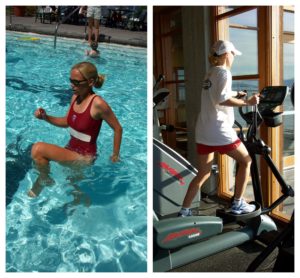
Depending on facilities and expertise available the post training soft tissue work can be done either by a professional or by yourself. For example soft tissue techniques can be done on the upper and lower extremities when in the whirlpool. Recent research shows that soft tissue techniques to muscles that have been damaged through exercise appears to be clinically beneficial by reducing inflammation and promoting circulation. For years physiotherapists have suggested patients to use small balls or foam rolls to release sore, tight muscles. By rolling along the muscle and at different angles to the muscle, you are trying to “untwist” the myofascial system. The fascia system responds best when gentle pressure is applied and sustained for two or more minutes.
Rule 5. Regain and Maintain Muscle Length
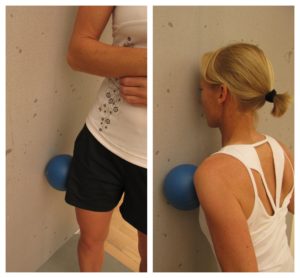
Tension in your muscle groups should be assessed regularly and stretches implemented to ensure that a good length-tension balance is maintained in all muscle groups. Static stretches prior to exercise did not prevent lower extremity overuse injuries, but additional static stretches after training and before bed resulted in fewer injuries occurring. Therefore do a good dynamic warm-up prior to playing (see previous articles for ideas) and save your static stretching routine for after your match.
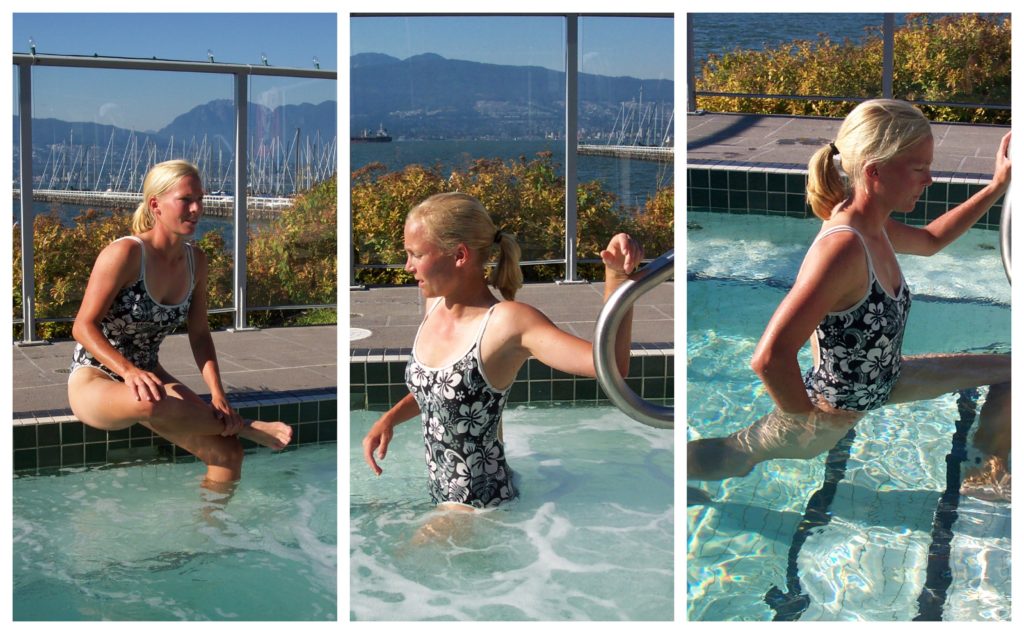
Rule 6. Reinvigorate the Tissues
Researchers have demonstrated that underwater massaging using the jets in a whirlpool following eccentric training (like tennis) helped athletes to maintain explosive leg power while doing nothing after such training resulted in a reduction in leg power. It therefore makes sense that players use a combination techniques to recover faster. By including various water based procedures such as whirlpool, showers, steam, sauna, and hot-cold you can promote faster removal of waste products from the tissues. Try one or more of the following recovery techniques.
Showers:
Use them to cleanse pores. Shower promptly after training to clean the skin and help flush out waste products. Remember the skin is the largest organ in the body. Repeat often – especially on hotter days
Hot & Cold (A)
Hot (comfortable) for 3 minutes followed by cold (as possible) for 3 minutes and repeat 3-5 times.
Hot & Cold (B)
Cold (as able to stand) for 1minute followed by hot (as comfortable) for 30 seconds repeat 8 to 10 times.
Sauna/Cold Plunge
Start with a warm to cool shower for 3 to 5 minutes and then towel dry. Use the sauna for approximately 7 to 10 minutes. Follow this with a cold plunge or cold shower for 15 to 30 seconds then rest with feet up for 5 minutes. This routine can be repeated 1-3 times. Finish with warm shower for 3 to 5 minutes.
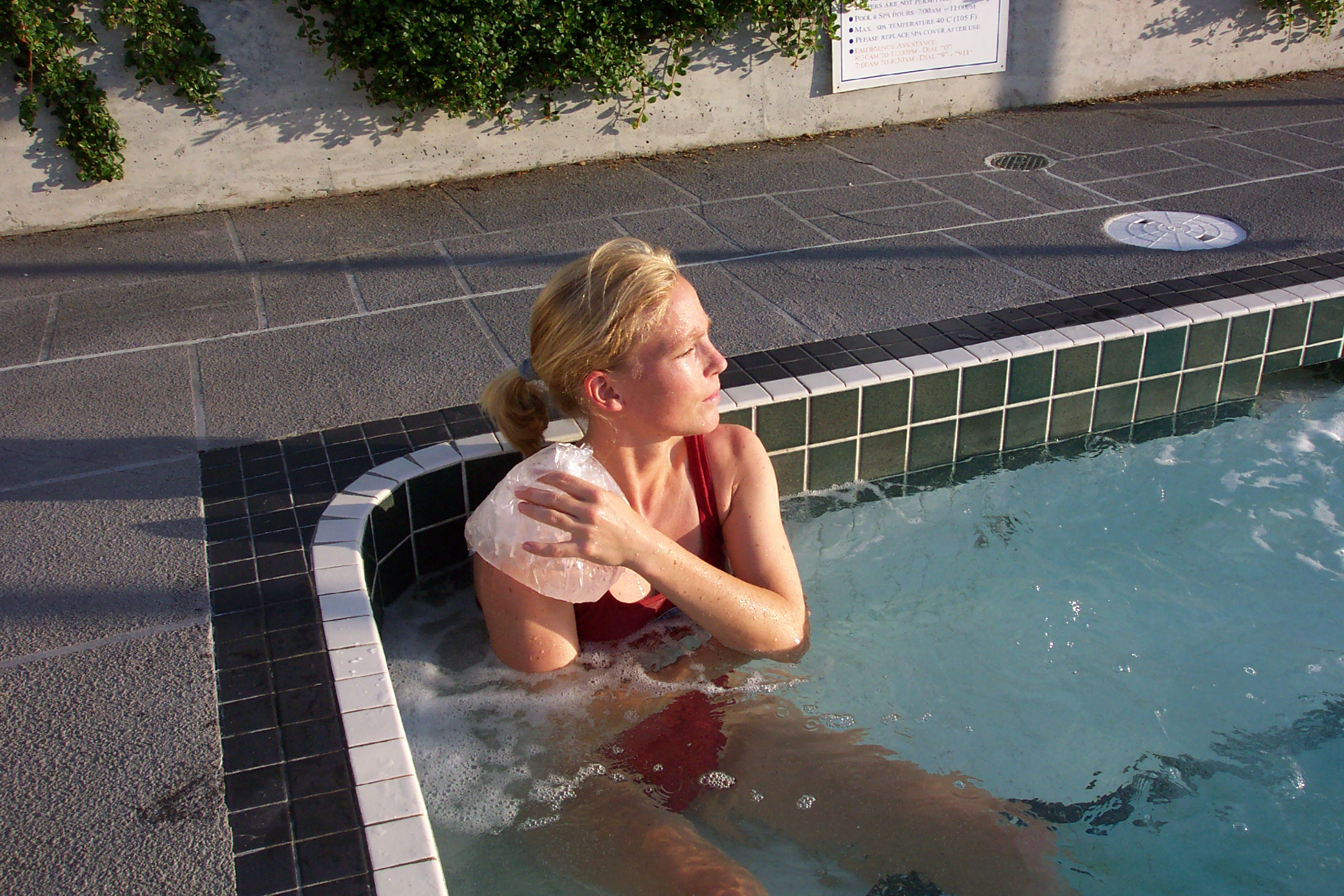
Conclusion
Tennis and environmental stressors all take their toll on our physical, psychological and emotional health. By incorporating ideas from the ‘Rules of Recovery’ into our tournament and playing schedule on a regular basis we can help improve performance and minimize the risk of injury or overstress.
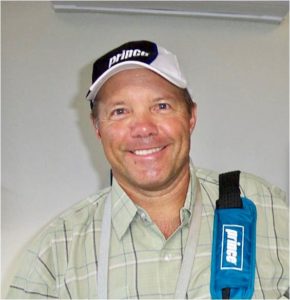 Carl Petersen is a partner/physiotherapist at City Sports Physiotherapy Clinic in Vancouver. He is an internationally recognized speaker and has co-authored the book Fit to Play™ Tennis as well as a variety of other training resources with former WTA professional and current coach and exercise model Nina Nittinger based in Davos, Switzerland.
Carl Petersen is a partner/physiotherapist at City Sports Physiotherapy Clinic in Vancouver. He is an internationally recognized speaker and has co-authored the book Fit to Play™ Tennis as well as a variety of other training resources with former WTA professional and current coach and exercise model Nina Nittinger based in Davos, Switzerland.
